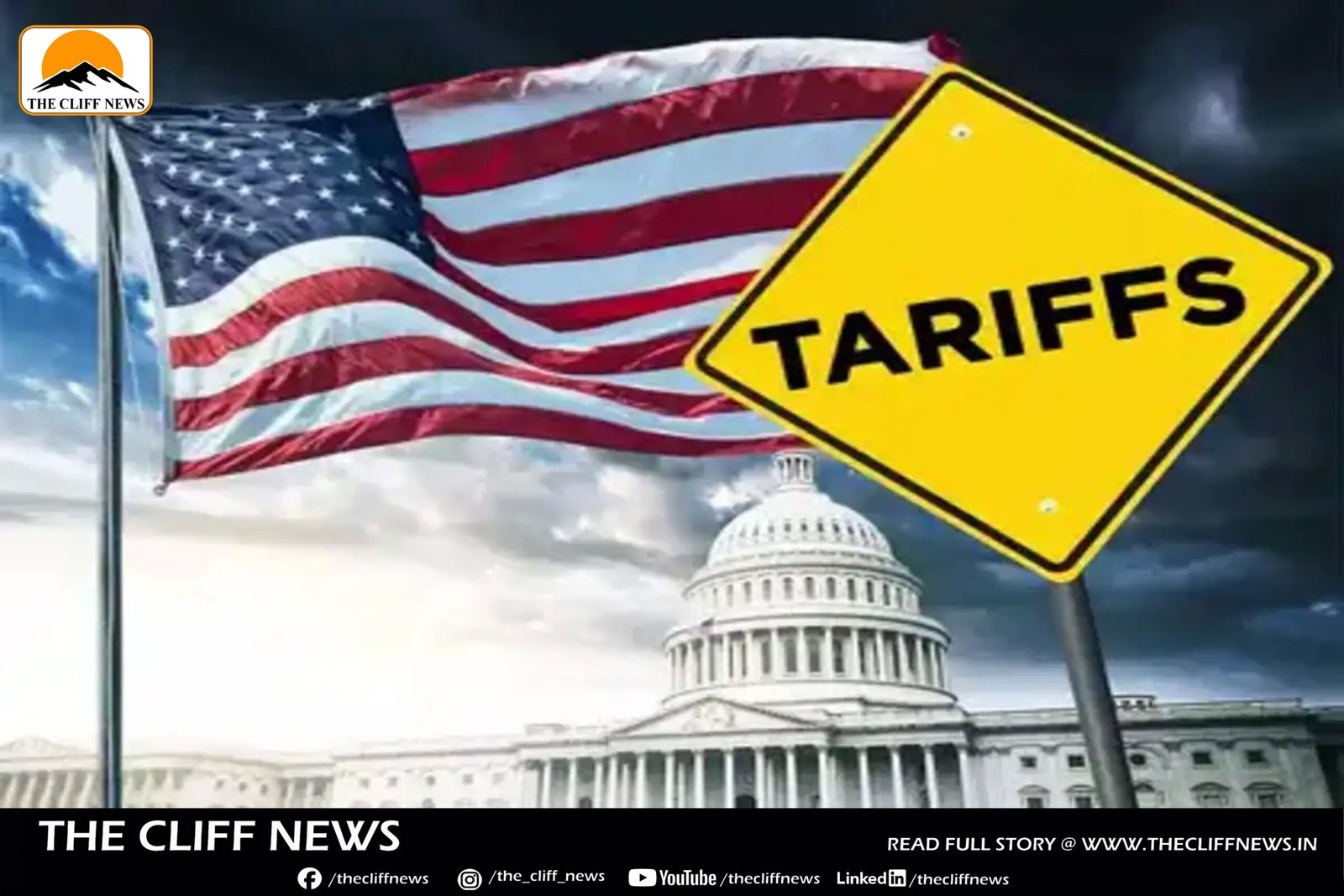The United States has announced a sweeping 25% tariff on all Indian-origin goods, effective August 7, dealing a potentially severe blow to India’s exports. According to the Global Trade Research Initiative (GTRI), the blanket tariff—with no product-level exemptions—will now apply to key sectors like pharmaceuticals and electronics, which were previously exempt from U.S. import duties.
The decision follows an executive order issued by U.S. President Donald Trump, titled “Further Modifying The Reciprocal Tariff Rates”, which lists new duties on exports from nearly 70 countries. While several nations continue to enjoy exemptions on critical goods, India has been singled out for complete exclusion from such relief.
“This is one of the toughest trade measures taken by the U.S. against a strategic trading partner in recent years,” said Ajay Srivastava, Founder of GTRI. “India has not been granted even basic exemptions—unlike countries such as China, which retain them for vital items like semiconductors, pharmaceuticals, and energy products.”
The tariff-exempt categories for other countries include:
- Finished pharmaceutical drugs and APIs
- Crude oil, refined fuels, natural gas, and electricity
- Critical minerals
- Electronics like smartphones, SSDs, computers, and integrated circuits
For India, however, a flat 25% ad valorem duty will apply across all goods, with no sectoral exceptions, GTRI said. The executive order also mentions that tariffs could be revised if a bilateral deal is reached—implying a pressure tactic to align with U.S. geopolitical interests.
Goods already in transit to the U.S. before August 7 will be allowed to pay previous rates (10%) until October 5, 2025, except for steel and aluminium (already taxed at 50%) and a few tariff-exempt items like smartphones.
GTRI warned that this move could cause India’s goods exports to the U.S. to drop by 30%, from $86.5 billion in FY2025 to $60.6 billion in FY2026. The most impacted categories are:
- Petroleum products ($4.1 billion in FY2025)
- Smartphones ($10.9 billion)
- Pharmaceuticals ($9.8 billion)
- Engineering goods, electronics, and textiles
These sectors are especially vulnerable due to high import content and low domestic value addition.
The new tariffs, which range from 10% to 41% for other countries, will be in addition to standard Most Favoured Nation (MFN) rates, significantly increasing the cost of Indian goods in the U.S. market. Alongside India, other nations facing steep tariffs include Brunei, Kazakhstan, Moldova, and Tunisia.
GTRI concluded that the move sends a strong political message: align with U.S. interests or face economic consequences, with India seemingly being used as an example to signal Washington’s intent.



